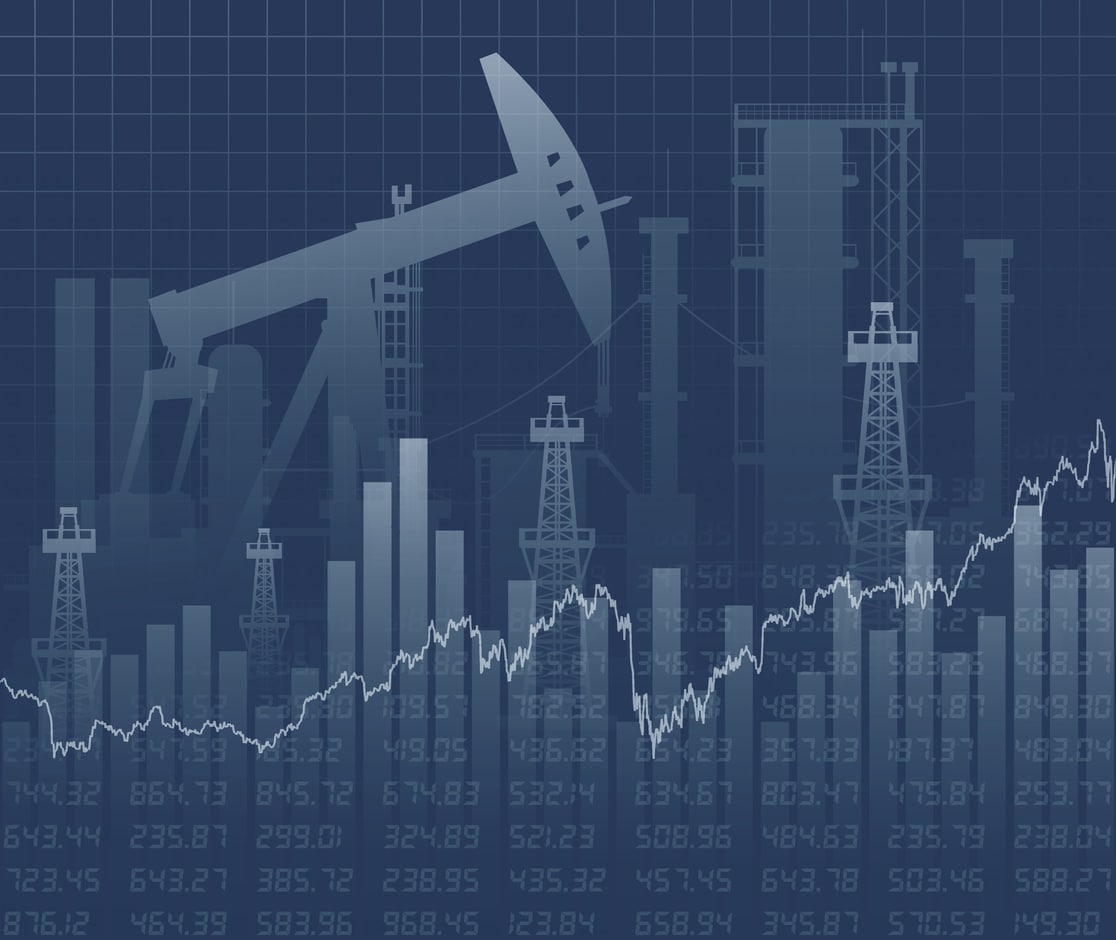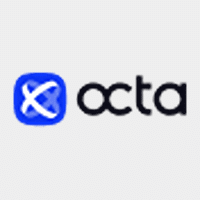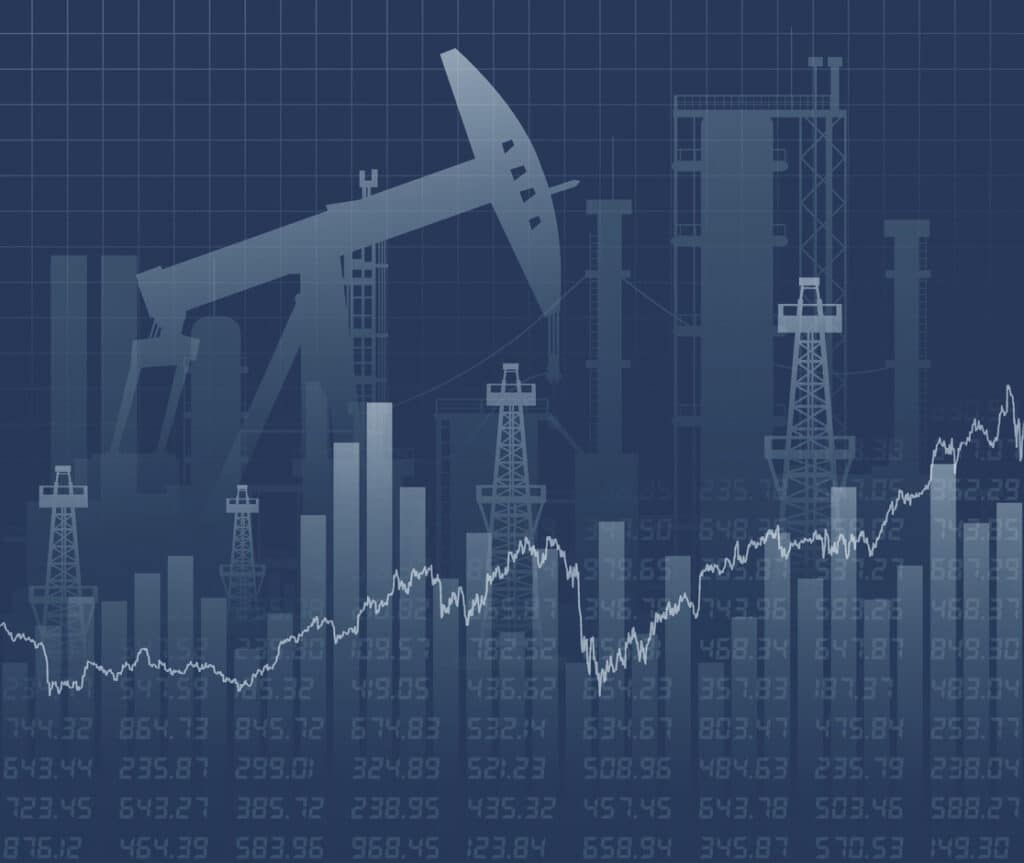
The basic foundation of the global economy is the movement of raw materials across the globe from their source to their ultimate user. Whether they are mined from below or raised from above as with agricultural products, commodities offer traders unique opportunities for profit. However, prices in the market can swing precipitously as a multitude of factors can influence them.
Supply and demand forces can change abruptly, and risks can expand accordingly. For these reasons alone, specialised training is a necessity for whatever commodity arena is contemplated. One of the more interesting markets due to its complexity and size is the energy commodities market. These resources drive our lifestyles, and trading in them can range from electricity to oil, natural gas, coal, uranium and even renewables, which may include solar and wind power.
There are several ways to trade these energy commodities or follow their price behaviours on live charts produced on the internet or by brokers. Special markets have evolved to protect producers from radical price swings. Access to these markets may be restricted, but traders can work with their brokers to use such instruments as CFDs, ETFs, futures and options, or special index funds, which track various commodities and can be bought and sold like stock.
The Energy Market Explained
Traders may have a preferred commodity for trading, but the energy market stands alone as one of the largest markets in the world, much larger than those for metals, agricultural products, livestock or intangibles. Price fluctuations in these markets can ultimately have a large impact on our daily lives as their costs affect everything from heating and cooling our homes to groceries, gasoline, electronic devices and even the clothes we choose to wear.
In order to protect against major cost swings for both suppliers and users, dedicated markets have evolved for trading in commodity futures and options to give investors the opportunity to minimise severe price adjustments through their trading activities.
The first known commodity futures market sanctioned by a government authority arose in Osaka in 1697 for the Japanese rice trade. Futures markets eventually expanded to cover a multitude of commodities and other financial instruments. These exchanges play a key role in moderating the uncertainties in the world that impact commodity price behaviour, whether from economic, environmental or geopolitical issues. One of the largest exchanges dedicated to this activity is the CME (Chicago Mercantile Exchange) Group, which annually handles approximately $1qdn in CME contracts.
The energy component of these exchanges enables participants to buy and sell specific amounts of oil, gas and electricity, for example, at specified prices for delivery on a specific future date. These contracts are bought and sold over time, and a vibrant options market acts to smooth out volatility from the market via speculation. These markets can be regulated or deregulated. However, for the average investor, brokers provide access to these speculative opportunities.
How big are these energy markets? The energy markets are large, with the US Energy Information Agency (EIA) stating that global energy usage exceeds 125 quadrillion British thermal units (BTUs).
Trading Energy Commodities
If there is one constant in commodity price behaviour, it is volatility, and where there is volatility, there is opportunity for traders to profit from fluctuating price swings. In response to the demand for trading in these markets, brokers have developed several ways to trade in energy markets without ever having to worry about taking delivery of the final contracted product.
Due to its high-risk potential and complexity, however, commodity trading is not for the weak of heart. It requires a level of sophistication and specialisation not necessarily found in other trading markets, but there are several advantages to holding these assets. Since commodities are typically valued in USD, they offer an excellent hedge against a fluctuating US dollar in anyone’s portfolio. Profit potentials can also offer diversification from lower-risk assets, but the predominant advice is that commodities should only make up a portion of the 20% of your portfolio devoted to high-risk opportunities.
Over the past few decades, brokers have expanded their portfolio offerings to include trading and investing in the commodity arena and, more specifically, within the energy sector. Major banks, hedge funds and professional traders will have more access to major exchanges than retail traders, but brokers can also access the offerings of these firms and allow you to pick a favoured method for approaching this exciting market sector. Below, we outline how to trade energy commodities in today’s marketplace:
- Futures Contracts and Options: Major global exchanges such as the CME or ICE enable trading in standardised futures contracts where you enter into a contract to buy a specified amount for a fixed price on a certain date in the future. In order to buy and sell these contracts, you will have to find a broker that is specialised in this direct-with-the-exchange type of trading of futures contracts, often accompanied with access to options. Buying an option gives you the right to exercise it without having to purchase the underlying asset.
- Commingled Funds: A safer way to trade is to deal with a private or public fund dedicated to managing a portfolio of related futures contracts for your desired energy commodity. These funds often act like a stock purchase, where they are exchange-traded funds (ETFs), mutual funds or exchange-traded notes (ETNs). There are also related funds that may diversify among a group of energy assets to provide broader exposure. Access to private pools of energy assets, however, is restricted, and shares in these funds are not traded on a public exchange.
- Contracts for Difference (CFD): Trading CFDs has become popular over the past decade for several reasons. A CFD is a contract between you and your broker where you speculate on the price movement of a specific commodity or other financial asset without ever having to deal with an exchange or purchase the underlying asset. Front-end costs are much lower, and the ease of execution is simplified. It is also easy to go both long and short on your chosen asset.
- Commodity-Related Stock Company: If the risks involved in the previous three avenues are not appealing and you prefer to invest in the stock market, then you may always buy stock in a company that is directly involved in the production of your chosen energy commodity. The risk may be lower for buying stock in Exxon, for example, but you are betting on both the commodity and the management of the company. Typically, if the price of oil rises, then the oil company will also profit, thereby leading to higher stock prices.
Non-renewable energy commodity markets are the most developed of the group, and brokers may also offer leverage or margin arrangements to enhance your potential for trading profits. Leverage, however, is a double-edged sword. It can also magnify losses. The primary non-renewable energy commodities are crude oil, gasoline, heating oil, coal, natural gas, electricity, ethanol, and uranium for nuclear reactors.
Long-term energy trends are also favourable in this arena. Globalisation has redistributed wealth across the world, creating emerging market growth and a new band of consumers now intent upon living a better life. Their demand, coupled with general population growth, will spur the need for more energy, especially as electricity penetration increases globally. Industrialisation in developing economies and an ongoing revolution in technology to increase efficiency in this space can only lead to increasing demand in the future.
How to Trade Oil
Trading in oil prices may be the most basic of choices, as products originating from a barrel of oil can include gasoline, plastics, drugs, clothing and a host of other consumer products. The most well-known types of crude oil futures are WTI for West Texas Intermediary and Brent crude from oil fields in the North Sea. The latter is often stated as the world’s benchmark for oil prices and comprises nearly 70% of oil futures trades.
The best-regulated brokers that support commodity trading will ordinarily offer CFDs in both of these assets, where you may speculate directly on spot prices, futures, options, or on other related instruments such as ETFs or stocks in oil companies. Factors to follow are news related to OPEC, Russia (currently the largest oil-producing country), the shift to alternative energy sources, global economic performance, and lastly, oil storage capacity.
If you prefer to invest in ETFs for a more diversified approach to the oil market, there are two ways to go and several offerings in each arena. A large crude oil futures ETF is the United States Oil Fund (USO). For a commingled play with oil companies, the Energy Select SPDR Fund (XLE) derives its value from energy stocks in the S&P 500 index.
How to Trade Natural Gas
Natural gas follows oil in its importance to the energy sector, accounting for a quarter of power generated on a global basis. The US remains its largest producer, followed closely by Russia. The same factors affecting oil prices are also at work in the natural gas sector, leading to high volatility and the potential for trading gains.
Traders will commonly buy and sell futures contracts and options, but brokers prefer to offer CFDs for ease of use, low cost of entry, and ability to short. Prices for natural gas have been on a downward slide in 2023, due to oversupply and weak demand.
Trading Renewable Energy Commodities
If you wish to trade in the burgeoning field of renewable energy resources, there are several types that have made major inroads into the overall energy production cycle. Are you aware that 21% of electricity is now derived from renewable sources and also accounts for 12.5% of total global energy consumption? The future is exceedingly bright, as many major industrialised economies are shifting to these resources to reduce dependence on imported raw materials.
Not all brokers offering commodity trading instruments will have these asset types in their portfolio offering. Renewable energy assets encompass solar, geothermal, wind, biomass and hydropower. Ethanol is a primary biomass fuel, derived from grains and sugar. As renewable energy sources gradually replace fossil-based fuels, the shift in energy supply markets could relate to lower prices overall, but also more volatility. You may want to try an ETF such as Invesco’s Solar ETF (TAN) or iShare’s Global Clean Energy ETF.
What Are the Risks of Trading Energy Commodities?
Volatility may translate to more profit opportunities, but it can also lead to sudden unexpected losses, which can be exacerbated when leverage or margin is used for a market position. For energy commodities, negative risk can result from dramatic changes in either demand or supply or even both components. Spot prices can move on a whim or even a rumour, but traders are advised to employ prudent risk management techniques to protect their downside.
What are some of the uncontrollable factors at play with commodity investments? Investors must pay attention to storage capacity, inflation forecasts, interest rates, weather, geopolitical tensions, foreign events, technological advances and changing economic conditions. Following various indices is one way to stay on top of the issues, but awareness and experience also play a major part in risk reduction. Invest the time to learn as much as possible about your chosen energy commodity and to practice trading on your broker’s free demo system.
The Best Commodities Brokers
If you are searching for a broker that can accommodate your desires to trade in this energy commodity space, then we can be of assistance. We continually review the brokerage industry to determine the best-regulated brokers that are both safe and secure, but also top of the line in performance, products offered and customer service. Let us do the heavy lifting for you. Review our current list of the best of the best provided below and select the one that is most appropriate for your trading in the energy commodities market:
| Broker | Features | Regulator | Platforms | Next Step | |
|---|---|---|---|---|---|
 Your capital is at risk
Founded: 2014 Your capital is at risk
Founded: 2014 |
|
FSPR | MT4 | ||
 Your capital is at risk
Founded: 2006 Your capital is at risk
Founded: 2006Europe* CFDs ar... |
|
ASIC, FSA, FSB, MiFID | MetaTrader4, Sirix, AvaOptions, AvaTrader, Mirror Trader | ||
 Between 74-89% of CFD traders lose
Founded: 2010 Between 74-89% of CFD traders lose
Founded: 2010Between 74-89 % of retail investor accounts lose money when trading CFDs |
|
ASIC, FCA | MetaTrader 4, MetaTrader 5, cTrader | ||
 Your capital is at risk
Founded: 2009, 2015, 2017 Your capital is at risk
Founded: 2009, 2015, 2017 |
|
ASIC, CySEC, IFSC | MT4 Terminal, MT4 for Mac, Web Trader, iPhone/iPad Trader, Droid Trader, Mobile Trader, MT5 | ||
 Your capital is at risk
Founded: 2006 Your capital is at risk
Founded: 2006 |
|
CySEC, DFSA, FCA, FSB, SIA | MetaTrader4, MetaTrader5, cTrader, FxPro Edge (Beta) | ||
 Your capital is at risk
Founded: 2011 Your capital is at risk
Founded: 2011 |
|
CySEC, FSC, FSCA, MISA | MT4, MT5, OctaTrader | ||
Forextraders' Broker of the Month
BlackBull Markets is a reliable and well-respected trading platform that provides its customers with high-quality access to a wide range of asset groups. The broker is headquartered in New Zealand which explains why it has flown under the radar for a few years but it is a great broker that is now building a global following. The BlackBull Markets site is intuitive and easy to use, making it an ideal choice for beginners.

